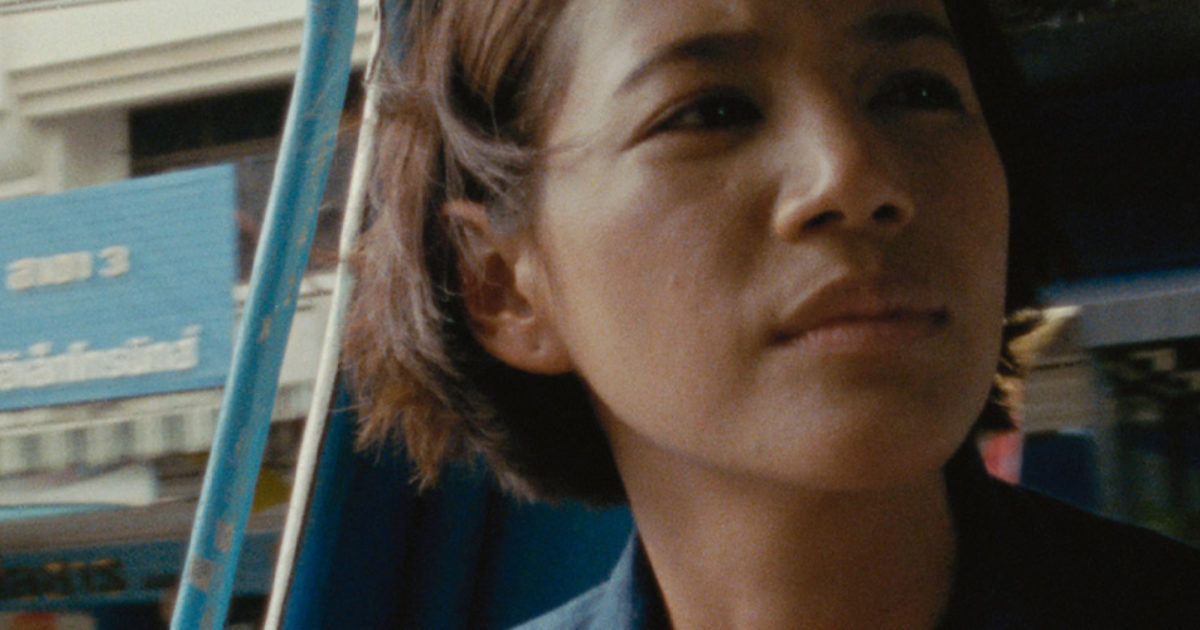Ben Rivers, Anocha Suwichakornpong / 2019 / Thailand / 94 minutes
Krabi is a region on southern Thailand’s west coast. It is an area popular with tourists due to the beautiful beaches, remote islands and tranquil scenery. This location is the focus of the experimental documentary and fiction work from directors Ben Rivers and Anocha Suwichakornpong. The film is screening at Glasgow Film festival 2020 and continues a relationship with Ben Rivers, as his preceding films have screened at previous editions of the festival.
Krabi, 2562 begins with a static camera focusing on a group of school children in a playground. They are standing in a line and performing a rehearsed patriotic speech about their home country. This opening scene very much feels like an observed piece of documentary film-making, where the audience are voyeurs examining the people of Krabi. Throughout the remainder of the film the role of the viewer changes as Krabi, 2562 flips from similar surveyed documentary footage, to staged and fabricated dramatic scenes. We are taken to a beautiful beach and observe the filming of a commercial. An actor stands awkwardly in the sea, whilst an assistant holds an umbrella to shield him from the sun. This is clearly theatrical and shows how the beautiful and blissful scenery of Thailand is taken advantage of to sell a product.
At times, there are references to the folklore and history of the region and how this is in conflict with the current state of the location. There is a friction here and these sections are shot with an emphasis on the people, not their surroundings. Here, we get to view a personal perspective and this is where the film is at its most powerful and engrossing.
During Krabi, 2562 the viewer is left to decide what is fact and what is fiction. Although some scenes are clearly dramatic (the American tourists looking for a beach and trying to order food and the introduction of neanderthal characters in the forest, for example), others appear to be genuine interviews with the population of the region (a personal interview with a retired boxer is particularly touching and poignant). The balance between the two factors is well measured when the current beauty of the region is shown alongside its history and potential future. On the other hand, the format can at times be slightly frustrating. The back and forth between fact and fiction means the overall message of the film can feel a bit lost in the format, despite the considered construction and pacing of the film.
